Stitching the Past into the Present: A 1970s Designer Maxi Dress
A reoccurring phenomenon we consistently witness here in the Maryland Historical Society’s costume collection is the cyclical nature of fashion. Designers, whether deliberately or not, often incorporate past techniques, silhouettes, and trends into their own fashion creations and breathe new life into them. While a quite common practice, it is always interesting to pinpoint certain historic construction details and how designers interpreted these to appeal to a modern consumer. One dress, designed by Marisa Martin in the 1970s, provides a look into this tendency of borrowing fashion trends from the past.
 2017.5.14 // Donated by Barbara Katz
2017.5.14 // Donated by Barbara KatzAs an artist trained at the Wimbleton Art School and later at the Royal College of Art, Marisa’s career plans did not originally involve building a successful clothing design house. One day while exhibiting some of her paintings in Liverpool, England, Marisa stumbled upon a small shop selling a wide array of antique fabrics. After perusing the store, she decided to spend the money earned from that day’s exhibition on these textiles, from which she designed and produced a few dresses that sold quite quickly.

Image of Marisa Martin. Pulled from MarisaMartin.com
Noting the interest in these dresses, in 1970 she officially transitioned from painting to fashion design by opening her first clothing shop in Knightsbridge, London. Her brand's success is evidenced by her producing dresses for various boutiques in thirty-six countries and her list of well-known clients, which included Princess Margaret, the fashion icon Twiggy, and the Maryland Historical Society's very own Barbara Katz, the museum's President Emerita.
Barbara Katz’s Marisa Martin maxi-dress is constructed from a black rayon knit, features a unique double skirt, as seen in accompanying photographs in this post, and floral embroidery embellishes the front and back silk bodice panels. With its fluttering sleeves and loose fabric, this particular Martin dress embodies the 1970s’ preference for flou, or softness, which created a fluid silhouette in contrast to the 1960s’ often boxy and tailored clothing. Alongside these contemporary design aspects, Martin also incorporated aspects similar to trends popular during the 1910s.
The 1970s dress’s overall asymmetrical construction with its angular hemline and the diagonal placement of the bodice’s orange silk panels mirrors the 1910s’ manipulation of trims and cuts to create visually intriguing garments. Additionally, its double-skirt reflects the lampshade tunic introduced by Paul Poiret (1879-1944), known as the King of Fashion in the United States, in 1913. Displayed flat against a table, Marisa Martin's double-skirt design becomes more apparent.
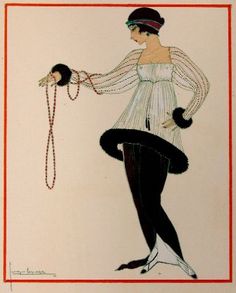
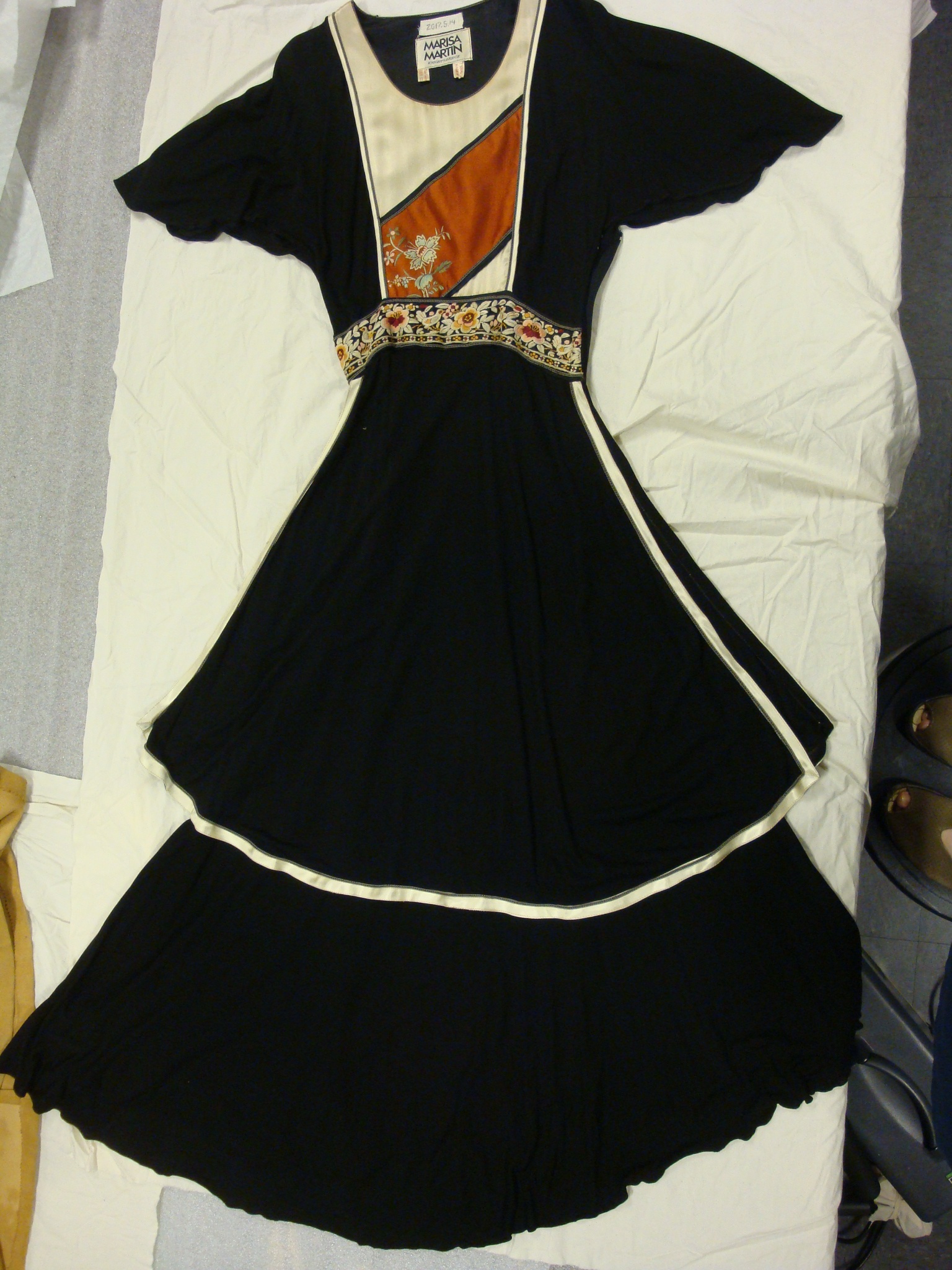 Left: Paul Poiret Evening Dress, 1913 Gazette du Bon Ton, January Plate 10
Left: Paul Poiret Evening Dress, 1913 Gazette du Bon Ton, January Plate 10
Right: 1970s Marisa Martin dress with its double skirt.
Lastly, the fashion trend of “orientalism,” the practice of adopting certain “exotic” features, such as bold colors and embroidery thought representative of certain Middle Eastern and Asian cultures, can be seen in this 1970s dress. Embroidered onto the bodice panels and waistband are stylized flowers, most likely Chinese chrysanthemums and possibly the Chinese jasmine flower. This tradition of incorporating Asian motifs into clothing can be traced throughout multiple centuries.
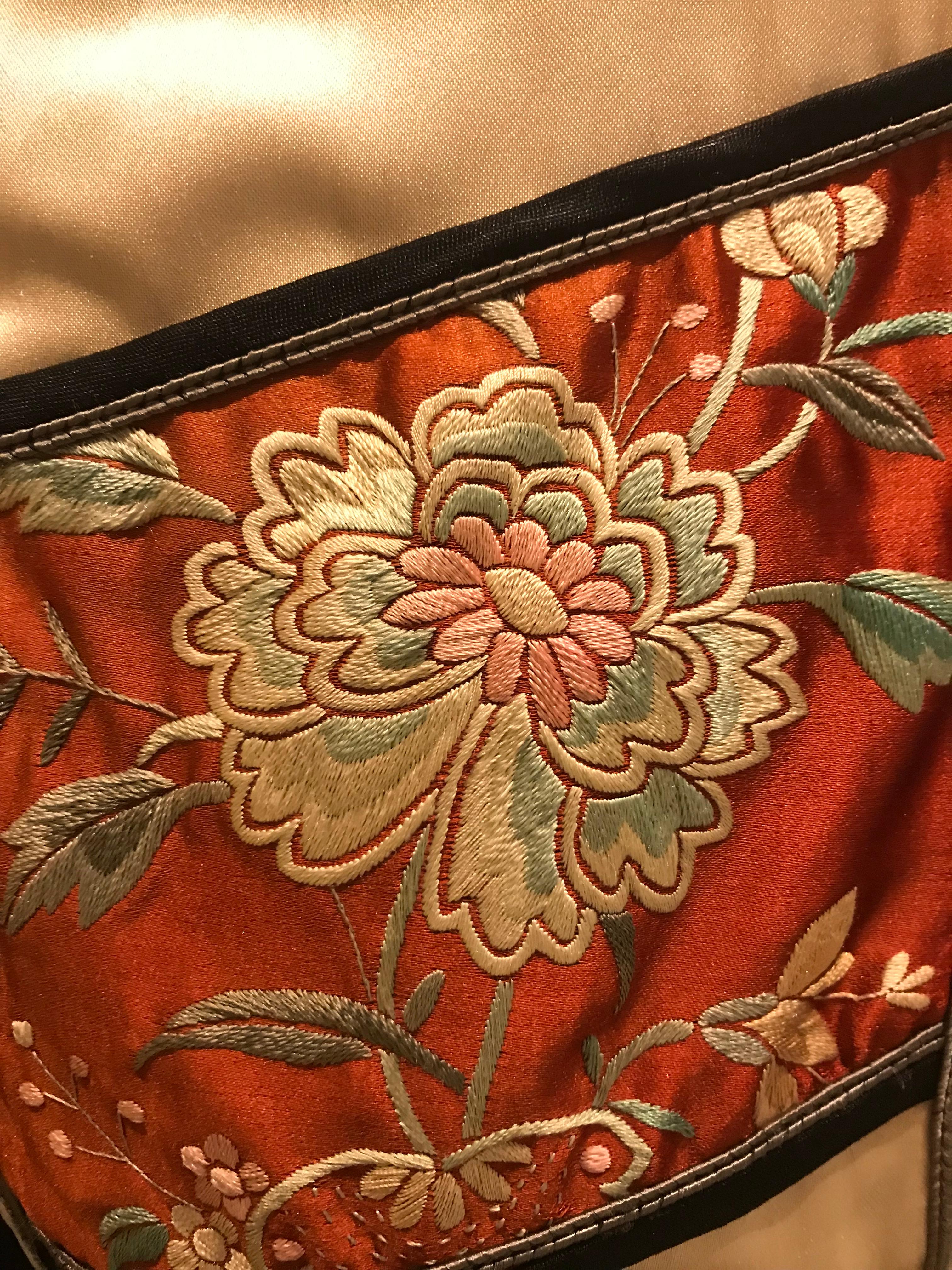
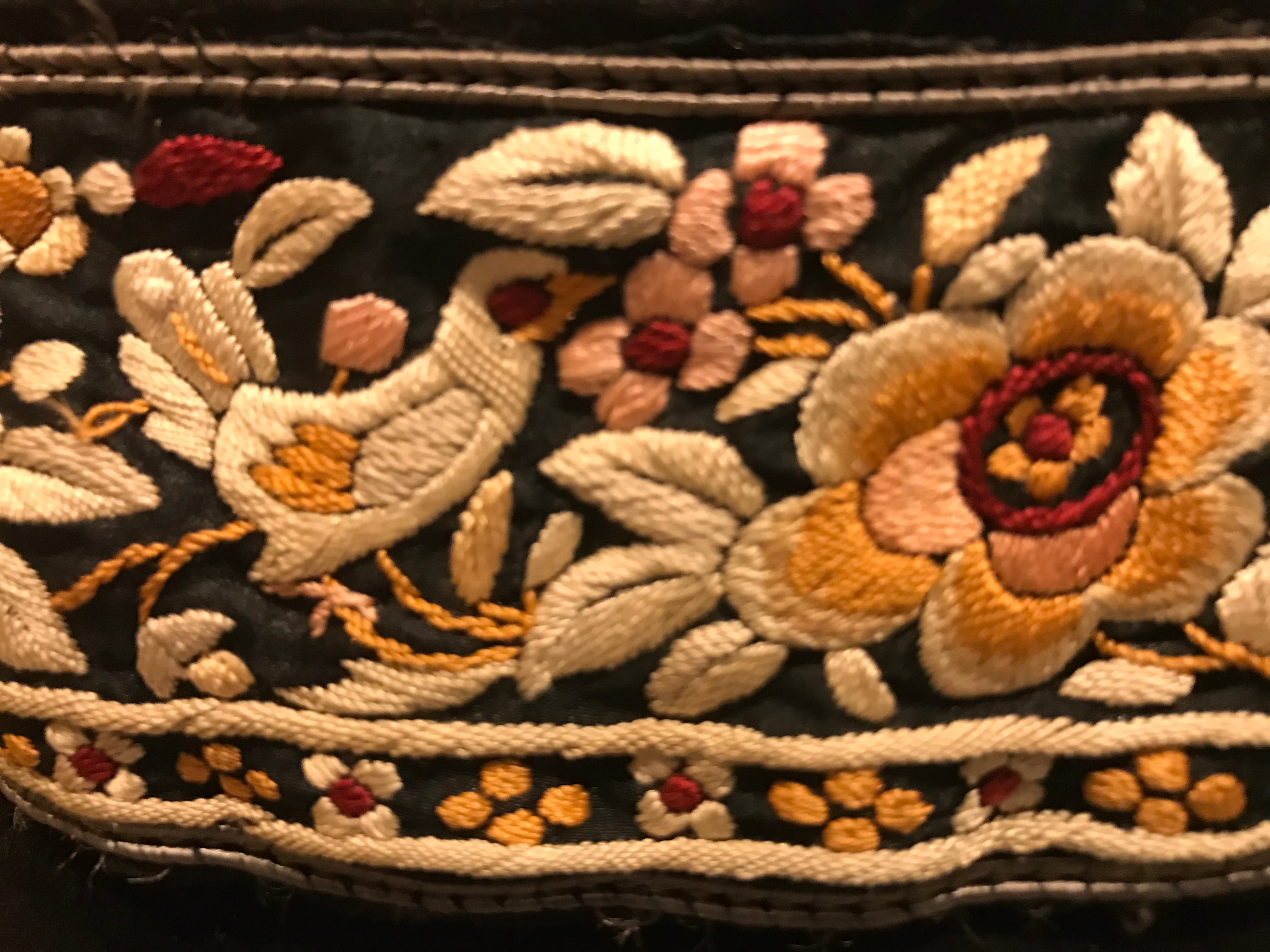
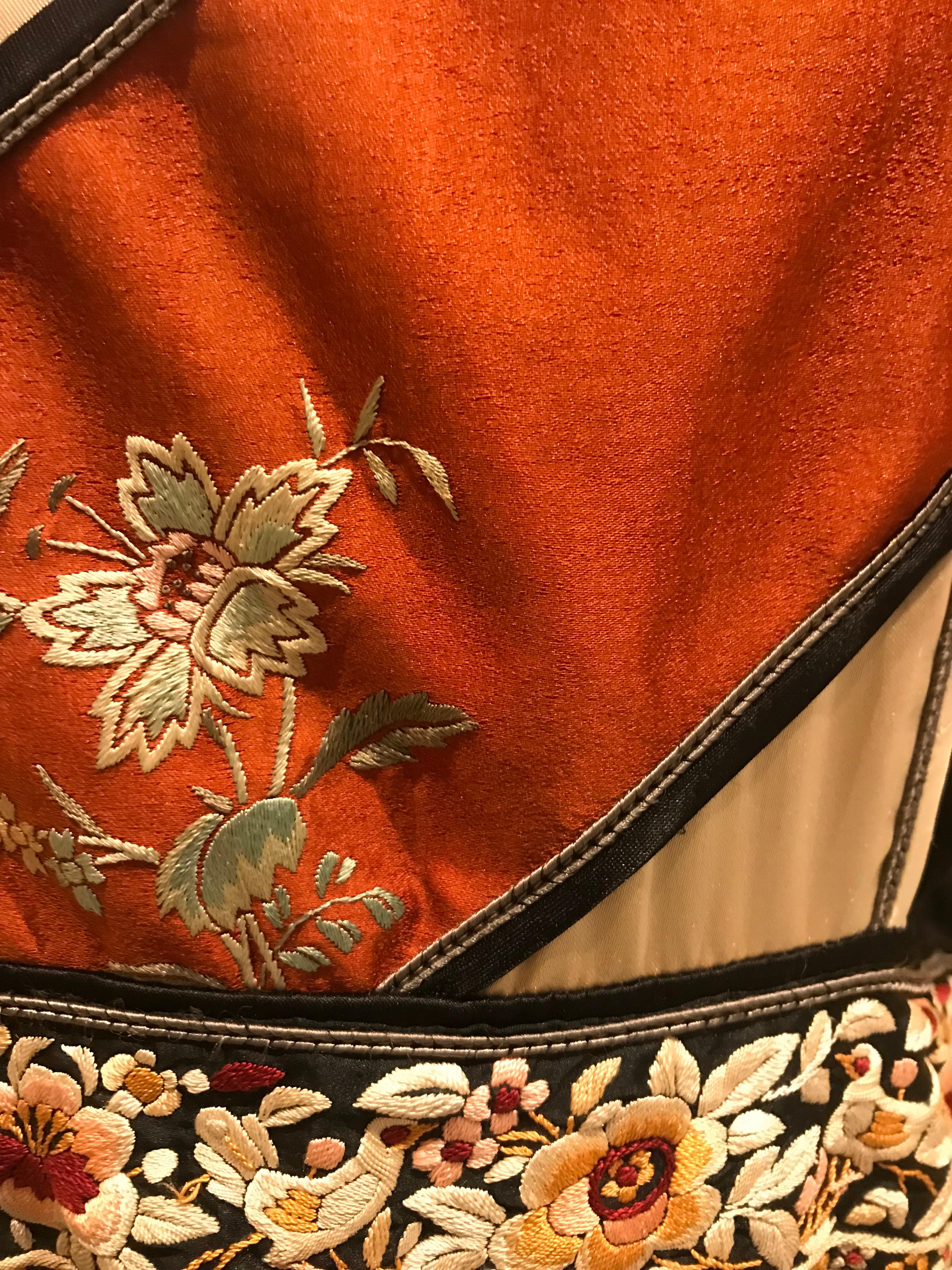
Because Martin constructed her first dresses from old textiles, it is no wonder that her dress housed in the Fashion Archives shows strong historical influences in design. Throughout the 1970s, as well, boutiques specializing in selling vintage clothing began to rise in popularity, and perhaps this also inspired Martin's unique dress design. To find the true origins of certain design elements provides its own detective work and noting a 1910s influence is only the beginning to understand this particular designer's intentions.
Consulted Sources:
New Call-to-action

